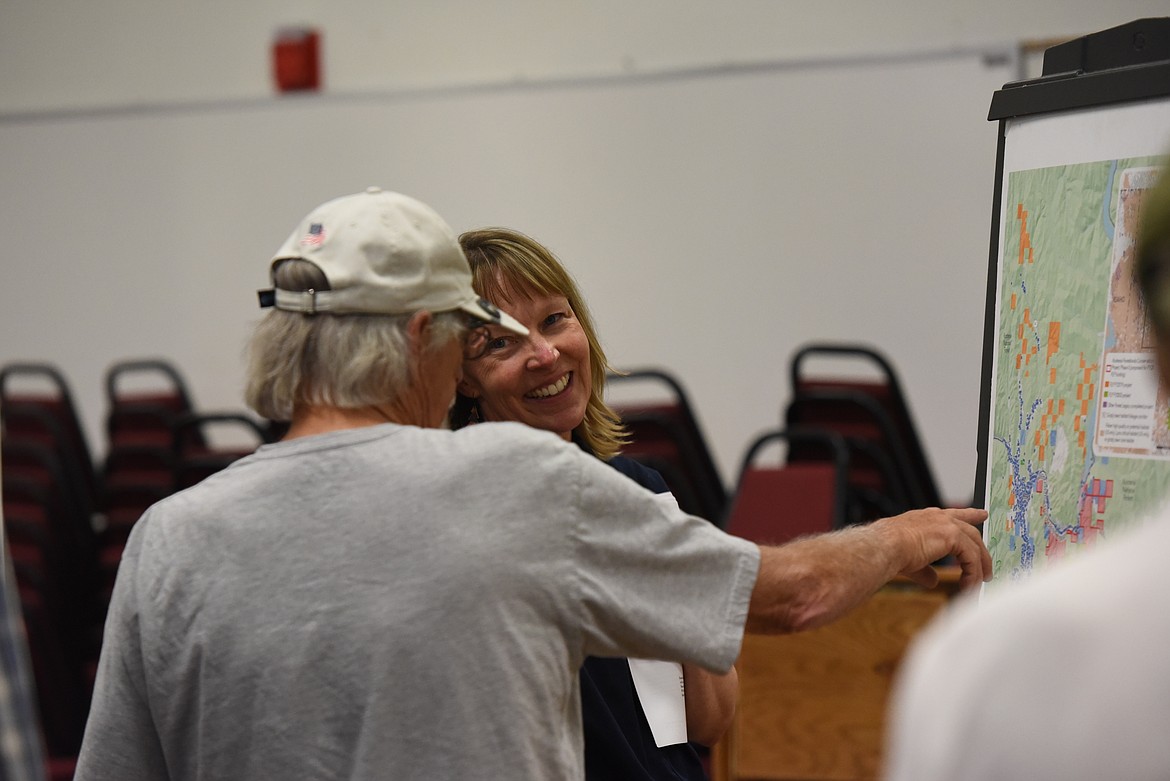Residents weigh possible 27k conservation easement
Officials with Stimson Lumber Co. were on hand in Libby last week to drum up support for a plan to place a conservation easement on more than 27,000 acres of company land in Lincoln County. ...
Become a Subscriber!
You have read all of your free articles this month. Select a plan below to start your subscription today.
Already a subscriber? Login





